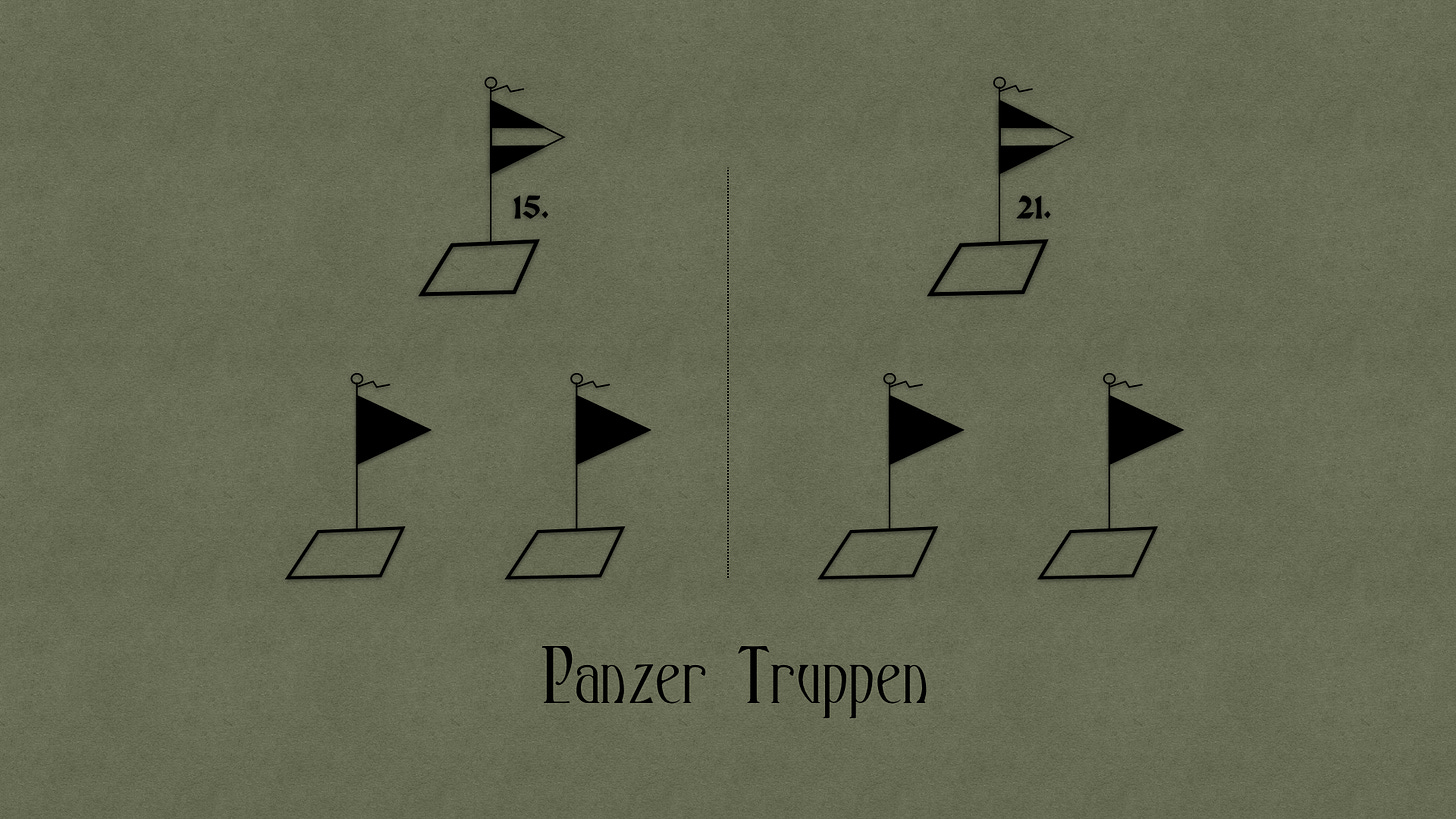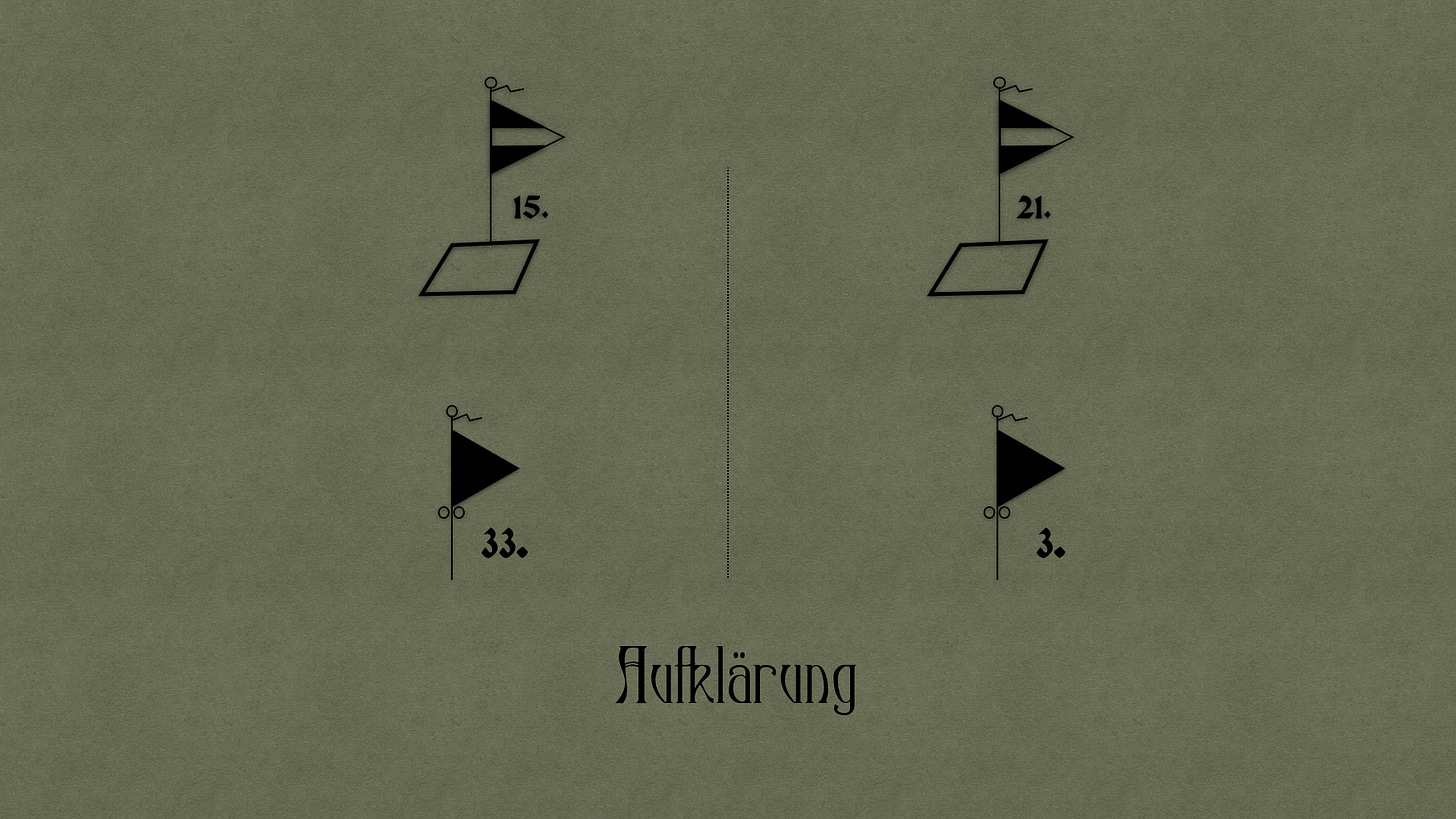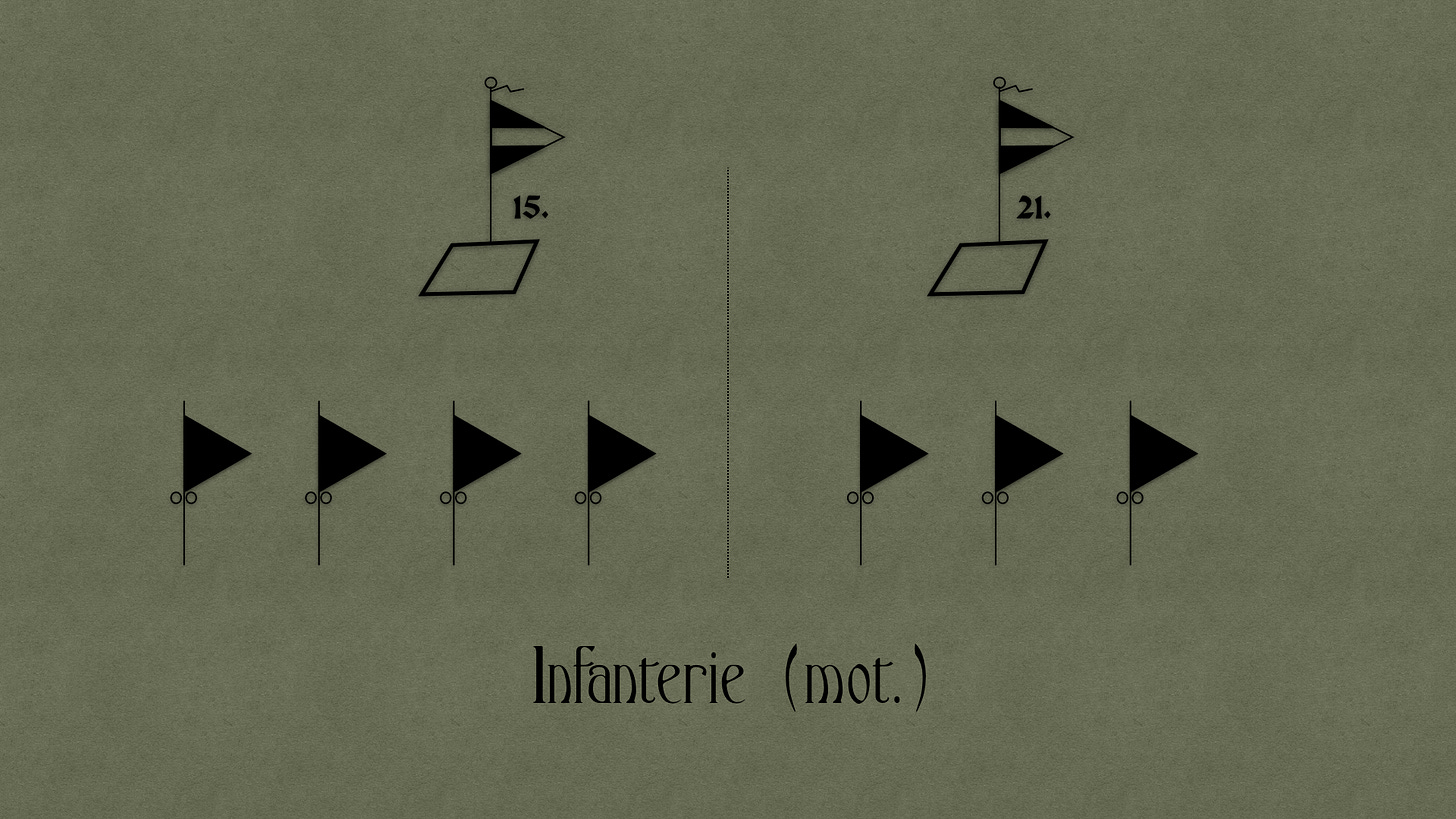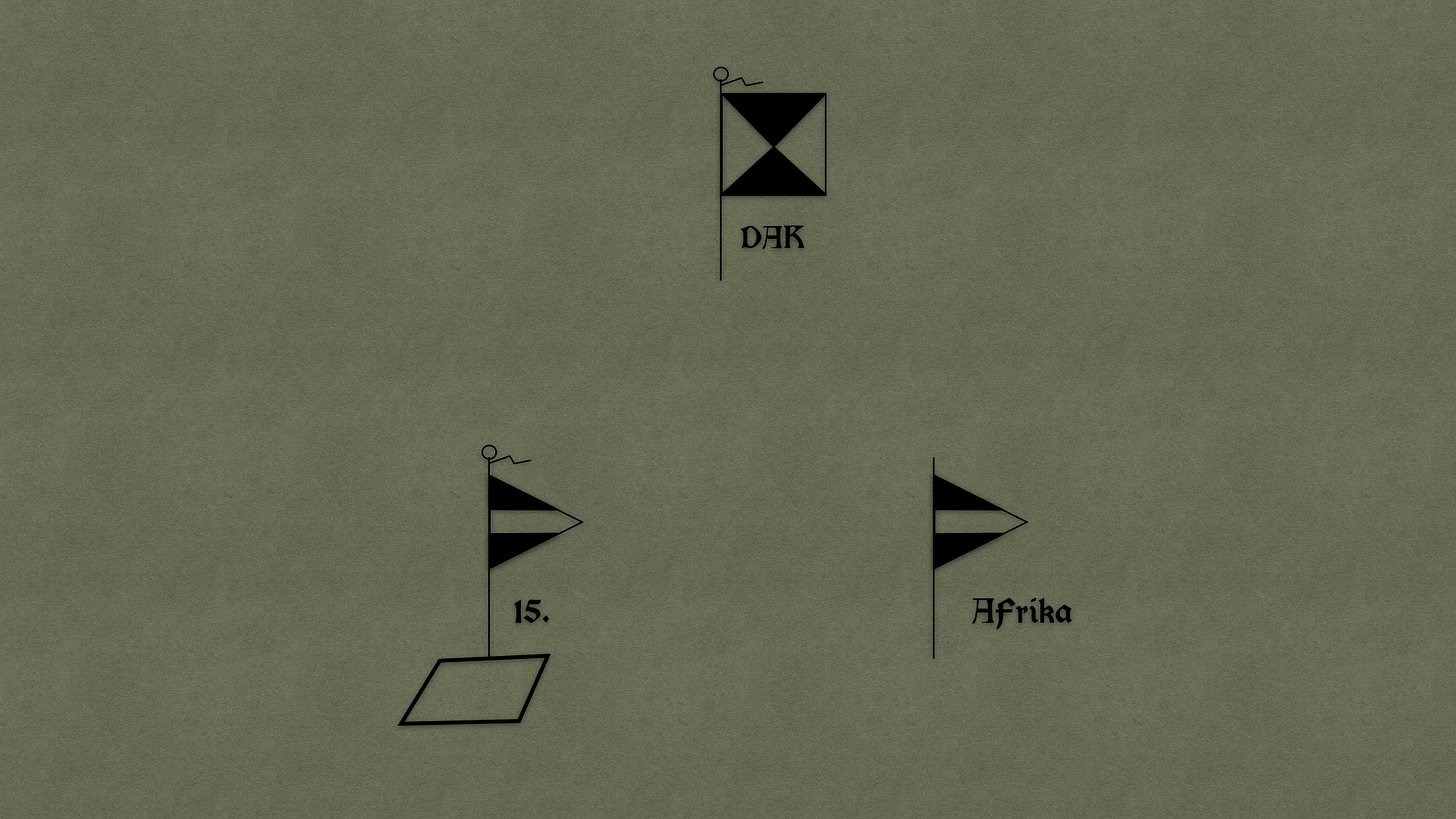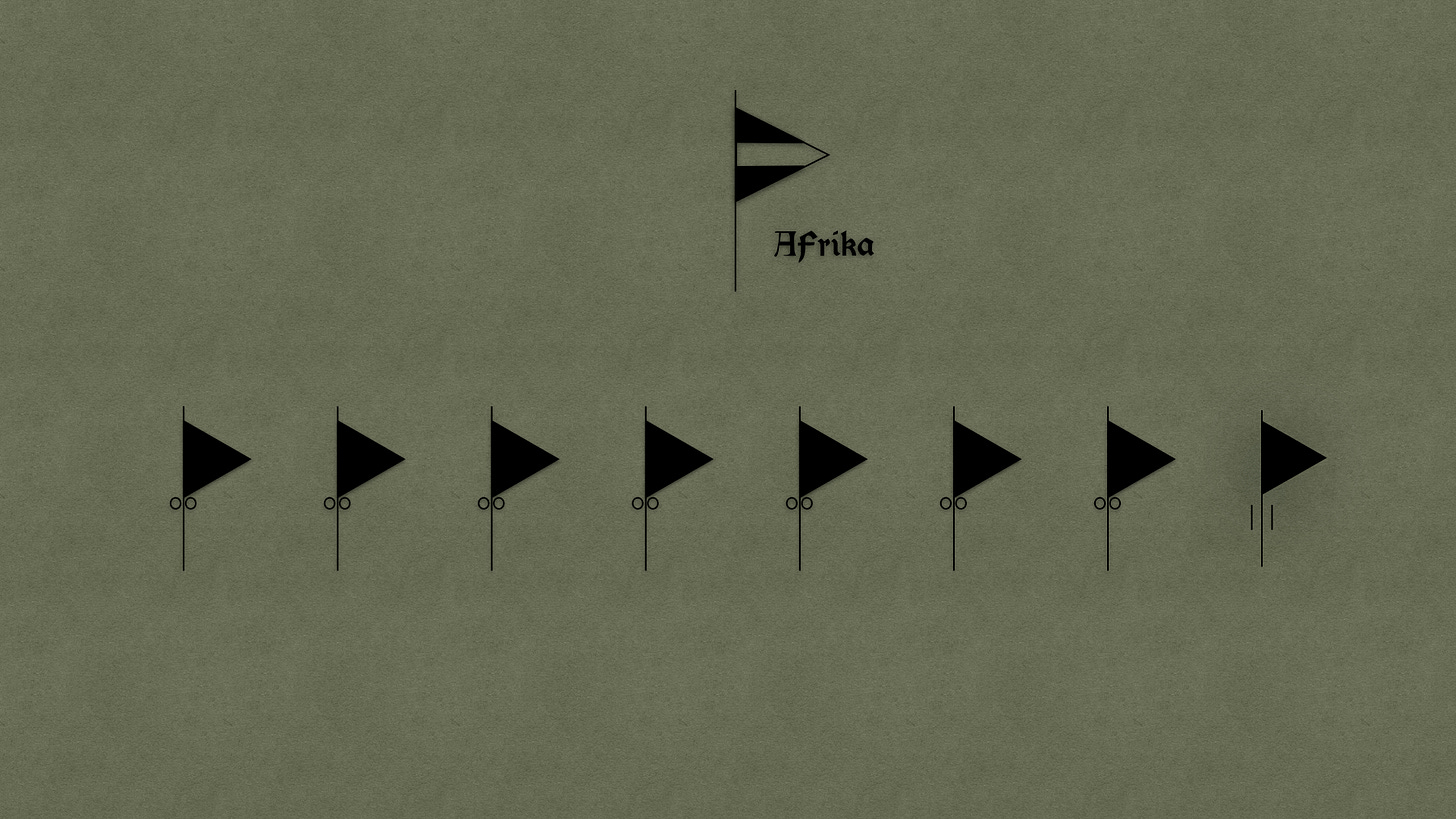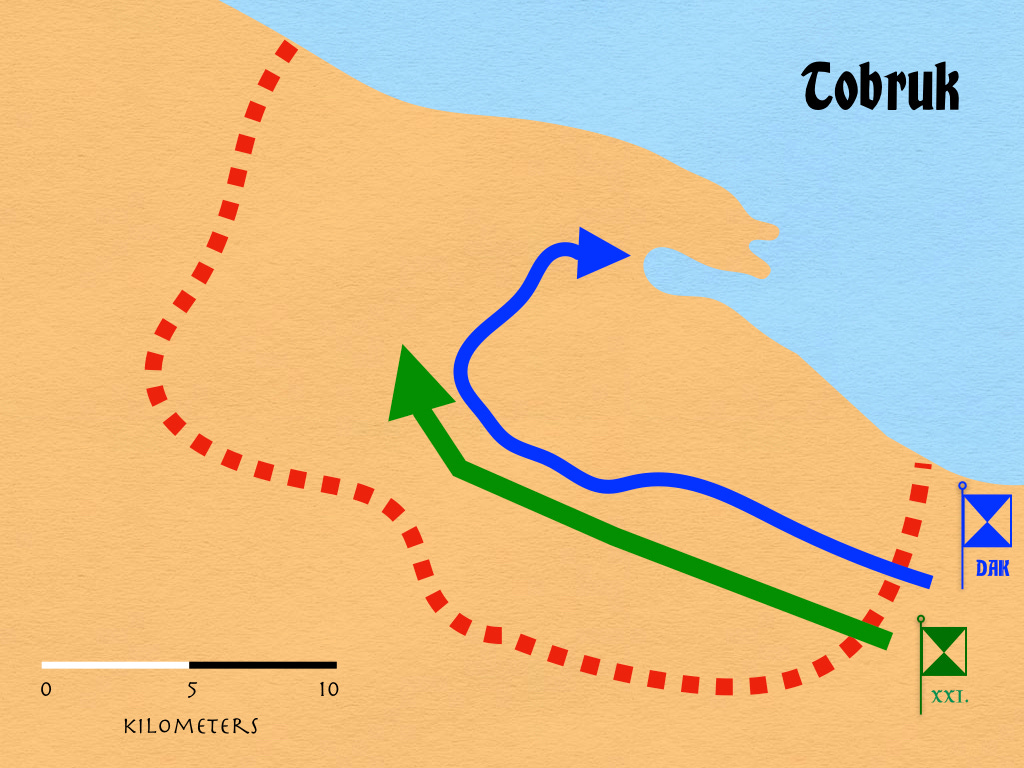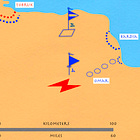Cassandra's Curse (Order of Battle)
A Decision-Forcing Case
This is the third post in a decision-forcing case. If you have not done so already, you will probably want to begin with the first two installments in the series.
On the morning of 26 October 1941, the German Africa Corps [Deutsches Afrika Korps] consists of two armored divisions.
On the whole, each armored division is organized in much the same way. Each possesses a pair of tank battalions, each of which is equipped with a variety of (mostly) German-made tanks. Likewise, each armored division has been provided with three motorized artillery battalions, each of which operates a dozen towed field pieces.
The “light cavalry” of armored division consists of a single reconnaissance battalion, the men of which use armored half-tracks, light tanks, armored cars, and Volkswagens to move about the desert. (So that it might break unwanted contact, and, if need, fight for information, the reconnaissance battalions are also provided with a pair of 75mm infantry guns.)
Indeed, the only realm in which the two armored divisions differ from each other was that of motorized infantry. Where one division has four battalions of truck-mounted infantry, the other have but three.
In the course of 26 October 1941, General Erwin Rommel, in command of Armored Group Africa (and thus all German forces in Libya), issues an order that replaces one of your two armored divisions (the 21st Armored Division) with an infantry division.
Called Infanterie Division Afrika, this new formation consists of seven infantry battalions and a single field artillery battalion. (Three of the infantry battalions are formed into a triangular infantry regiment. Two belong to a binary regiment. Two are stand-alone units.)
General Rommel made this change in order to optimize your command for an operation to seize the British-held fortress of Tobruk.
The plan for the taking of Tobruk calls for a breakthrough on the eastern side of the ring of strongpoints, followed by two incursions into the depth of the fortress. In particular, while the Africa Corps rushes towards the port of Tobruk, the Italian XXI. Corps (composed mostly of walking infantry) protects it from British counterattacks.
The case continues with …





